Explore a barn conversion with a difference on the Isle of Wight
Gianni Botsford Architects' barn conversion transforms two old farm buildings into an atmospheric residence and artistic retreat, The Old Byre
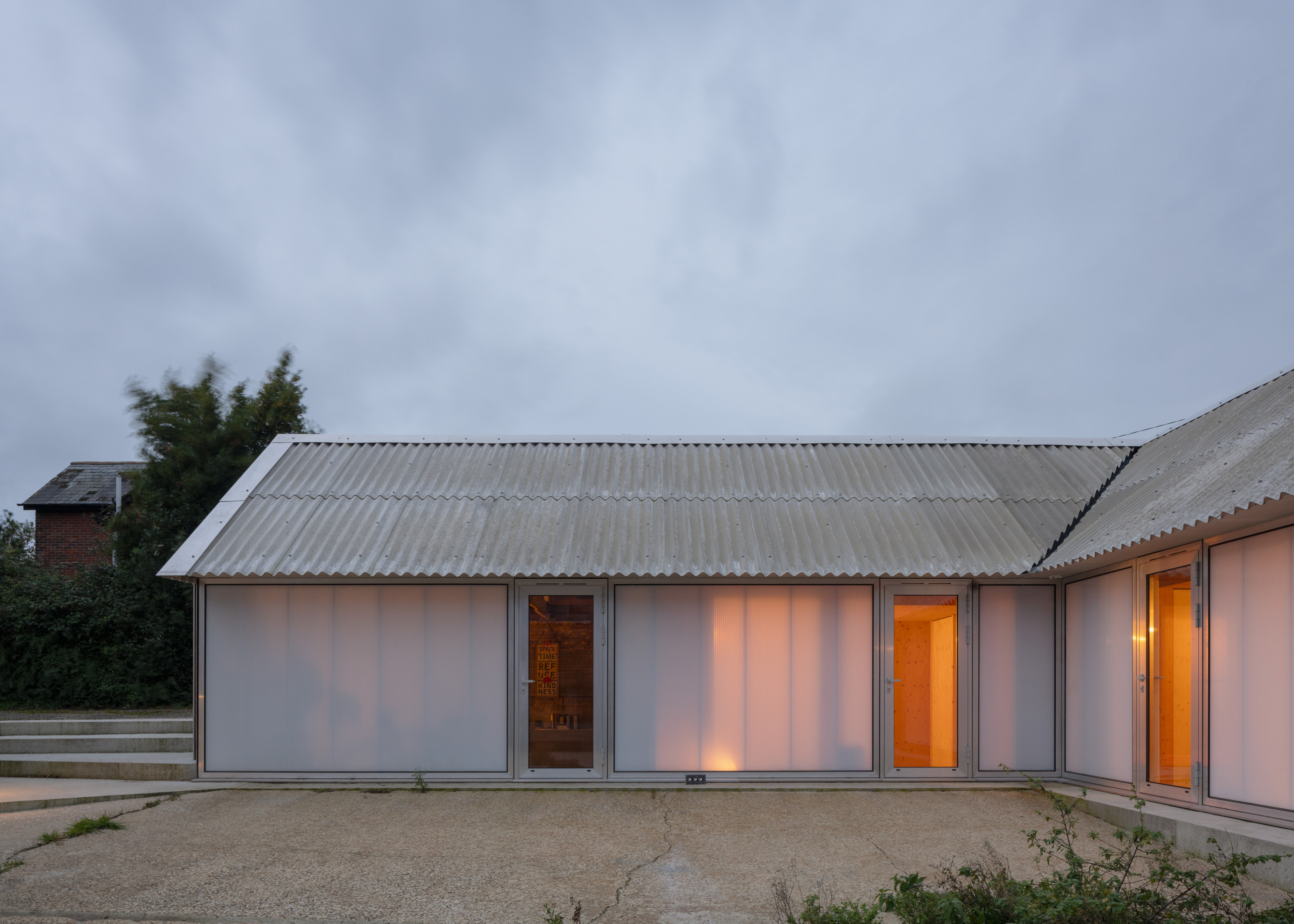
A scattered array of ancient farm buildings has been converted into a pared-back modern dwelling, thanks to a comprehensive intervention by the architect Gianni Botsford. Set on the slopes of a shallow valley above the Isle of Wight’s River Medina, the Old Byre is home to Joseph Kohlmaier, a LondonMet lecturer and artistic director of Musarc, an experimental interdisciplinary choir.
Kohlmaier, who initiated the project with Botsford at the turn of the decade, co-owns the site with the economist and patron Simon Bishop, and this modest complex of structures is slated to become a small-scale artistic retreat in the years to come.
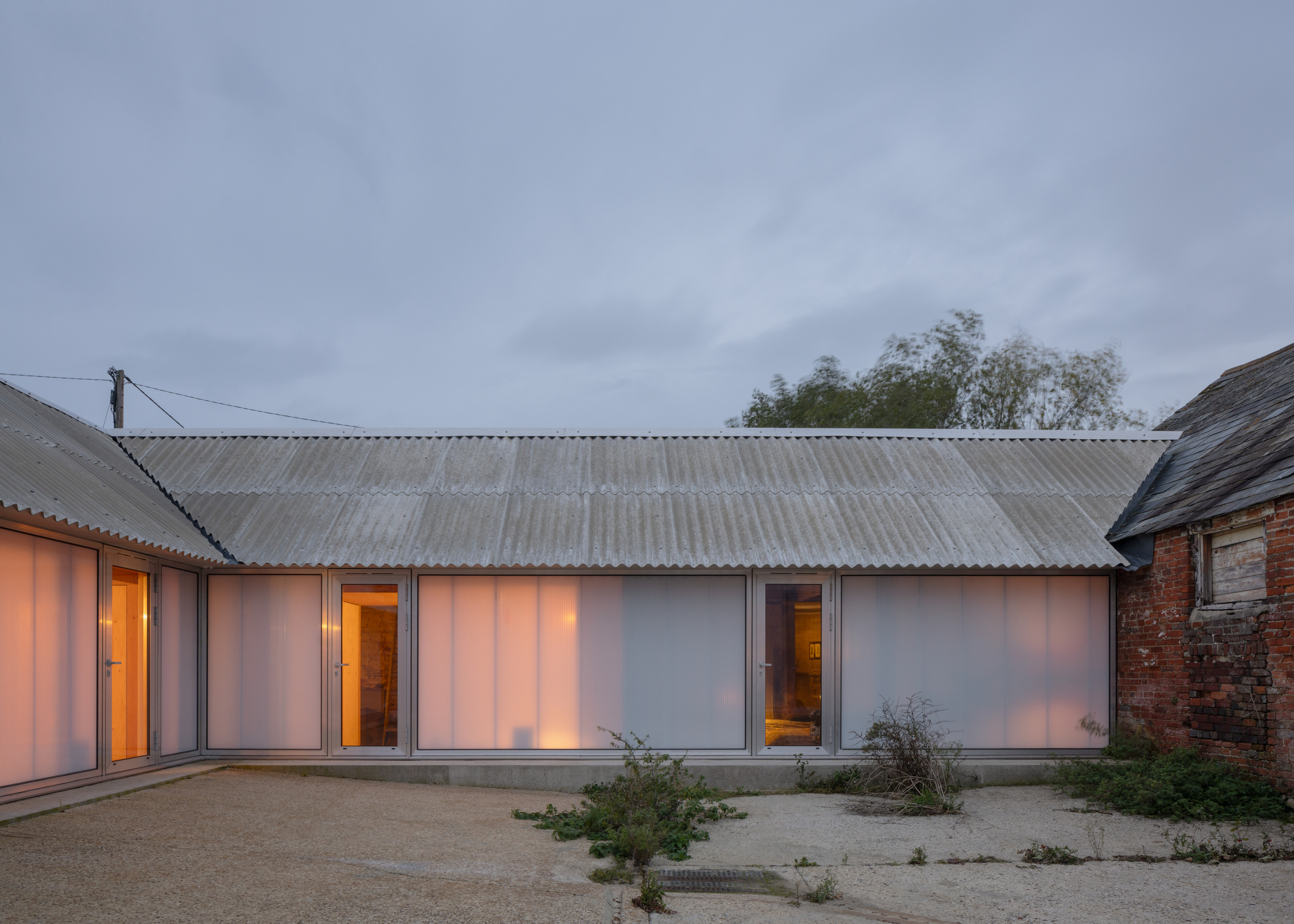
The barn's translucent walls glow from within once it gets dark
Step inside this contemporary barn conversion
The project had its genesis in Kohlmaier’s longstanding connection with the island. In addition to working with the Isle of Wight Architecture Centre at the start of the last decade, he’d also worked with Dow Jones Architects on The Sett, a refined modern house that set new standards for the area’s contemporary architecture.
Casting around for another, more flexible project, Kohlmaier stumbled on this site online, just south of East Cowes, down a long farm track. ‘It was an old cowshed, part rotting, a totally bonkers idea,’ he recalls. Crucially, there was Class Q planning permission in place – ensuring these agricultural spaces could be converted into a home.

The Old Byre follows an established agricultural aesthetic
The original low barns are arranged around a courtyard, with a larger eighteenth century timber barn forming the third side which remains in the ownership of the adjoining farm. ‘I started to talking to Gianni, who had been involved in setting up the Studio in the Woods [with Piers Taylor, Kate Darby and Meredith Bowles] ,’ he says, ‘we came up with the idea of leaving the barns alone and wrapping them instead.’ The project started on site in June 2021.
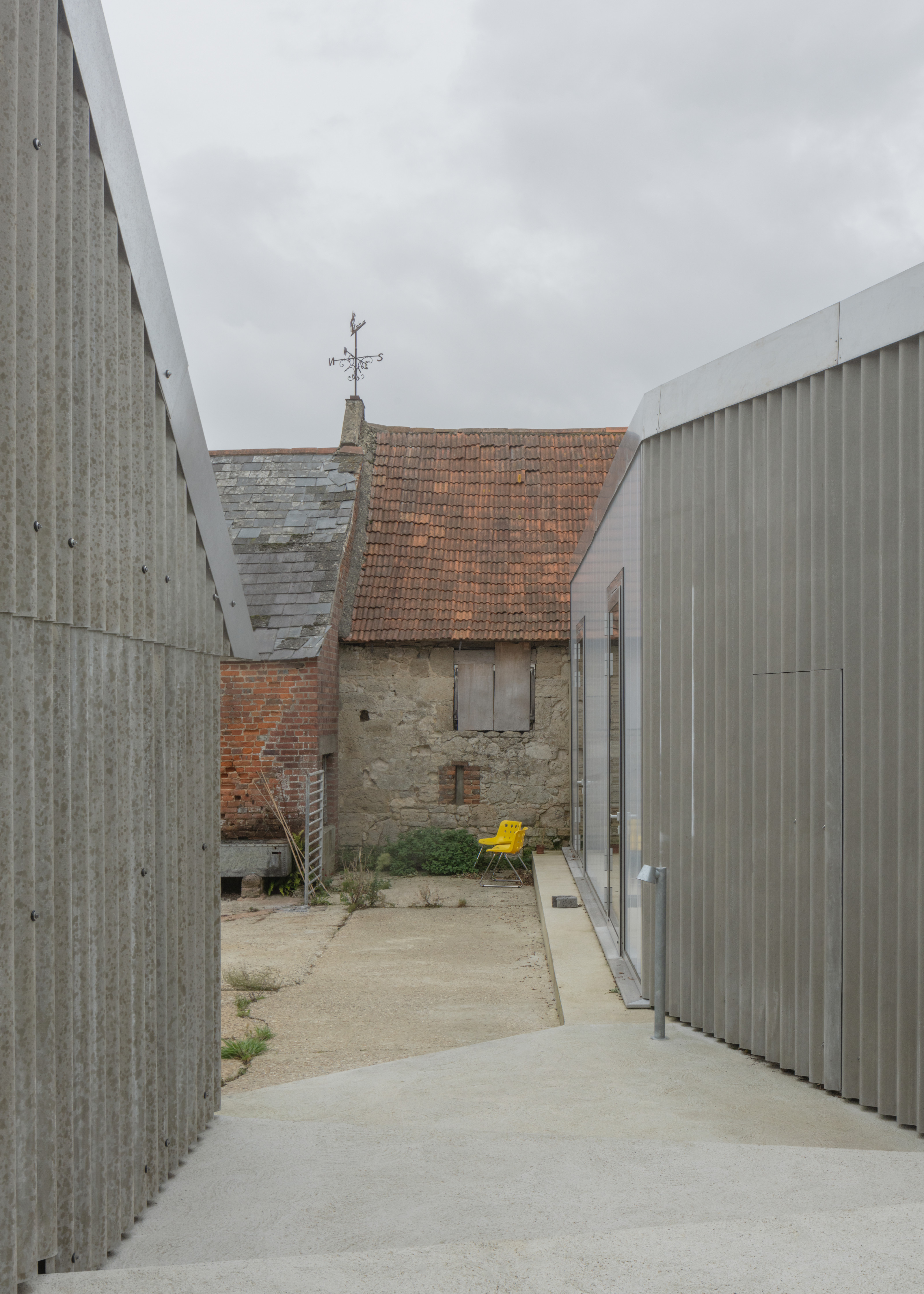
Looking down into the new central courtyard, with the ancient barn beyond
Whilst the basic form and position of the barns are unchanged, their appearance has been transformed by the addition of translucent wall panels and a corrugated fibre cement roof, keeping the cold out but allow a softly filtered light, and even rural sounds, to permeate the living spaces.
New concrete floor slabs were poured throughout, incorporating underfloor heating, and there are no conventional windows; just large glass doors that open the living spaces up to the internal courtyard. All this gives the Old Byre a very industrial character from the outside, with its high-tech walls and roofing hugging the slightly lopsided earlier barn.
Receive our daily digest of inspiration, escapism and design stories from around the world direct to your inbox.

View from the courtyard, with living space to the left and bedroom wing to the right
‘All the walls appear to glow from within,’ Kohlmaier says. ‘It’s minimal complexity with an agricultural aesthetic.’ Inside, the reliance on humble materials continues, with sleeping areas and bathrooms formed from plywood and pine partitions, all with full-height doors with integral grips to do away with the need for handles. The original steel structure of the taller barn has been kept, as have the timber roof beams in the other barn.
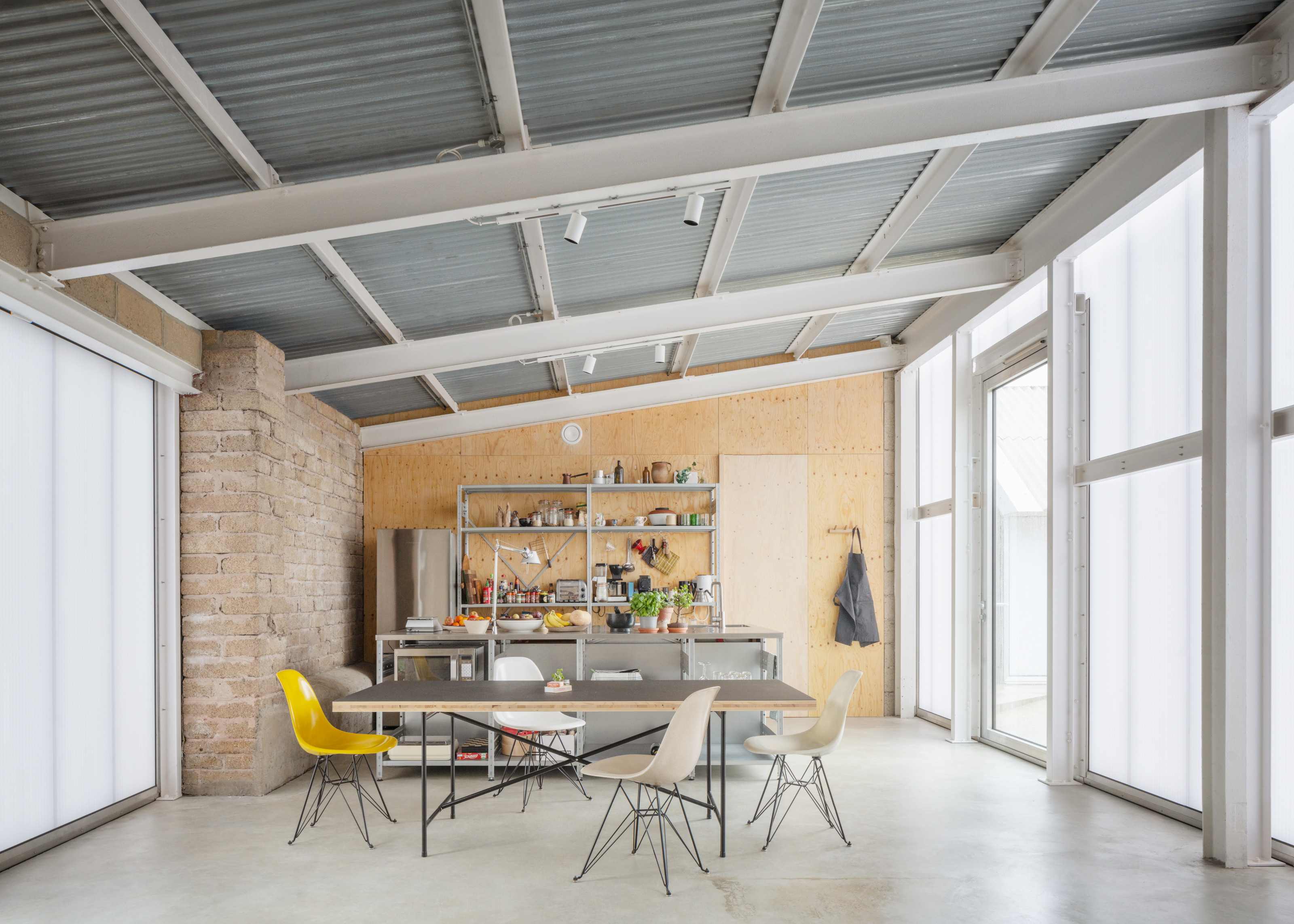
Inside the main living space, with the hand-built kitchen and re-used steel frame
The former is a large open plan space, complete with a kitchen constructed from a Swiss steel shelving system. A separate utility room is tucked away around the back, behind a spruce clad partition. The space is generous and open, scattered with pot plants.

Main living room. Translucent walls create softly filtered light during the day
To reach the bedrooms there is no choice but to walk through the courtyard. ‘Originally we wanted to connect it with a roof,’ says Kohlmaier. ‘I like comfort, but for me that means hearing and feeling things and not being totally enclosed. That’s why the transparency is important.’
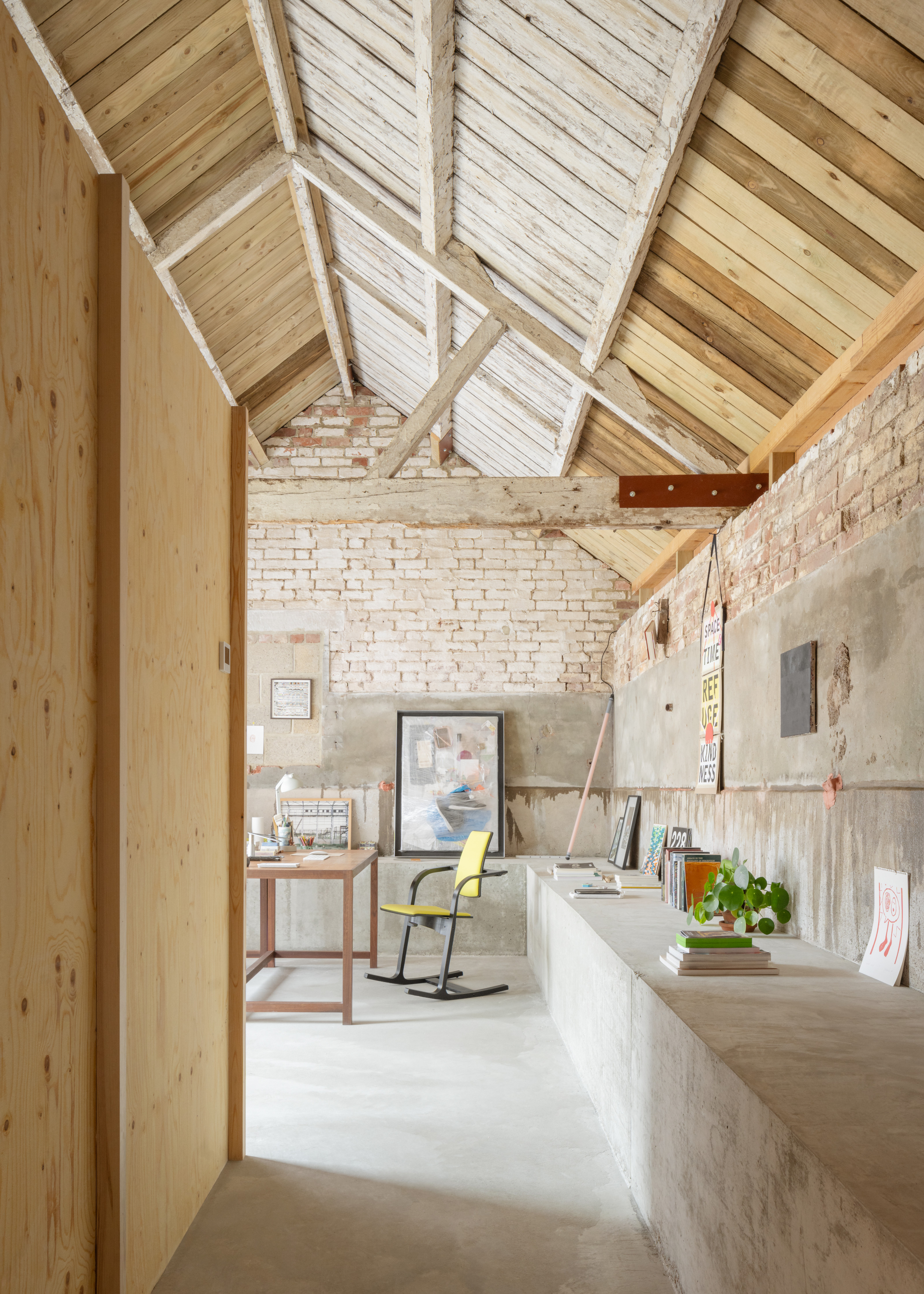
The study (seen before all the books arrived)
While the living space re-uses a more contemporary steel framed barn, the study and bedrooms across the courtyard are contained in a much older structure, dating back to the nineteenth century. This L-shaped building starts with Kohlmaier’s book-lined study, then a long corridor that flanks the external wall and leads round to the main bedroom. Some of the books came from the library of the late architect Colin St John Wilson, architect of the British Library.

One of the project's two 'sleeping boxes'
Between them are two cell-like sleeping ‘boxes’ and a bathroom, all furnished and finished in a minimal, highly ascetic style, with the exposed original beams above and a new concrete floor below. Kohlmaier designed the study desk, and the shelving comprises classic Remploy units. ‘It is what it is,’ he says. ‘It’s not about precision but about the integrity of the thought and the relationship between old and new.’
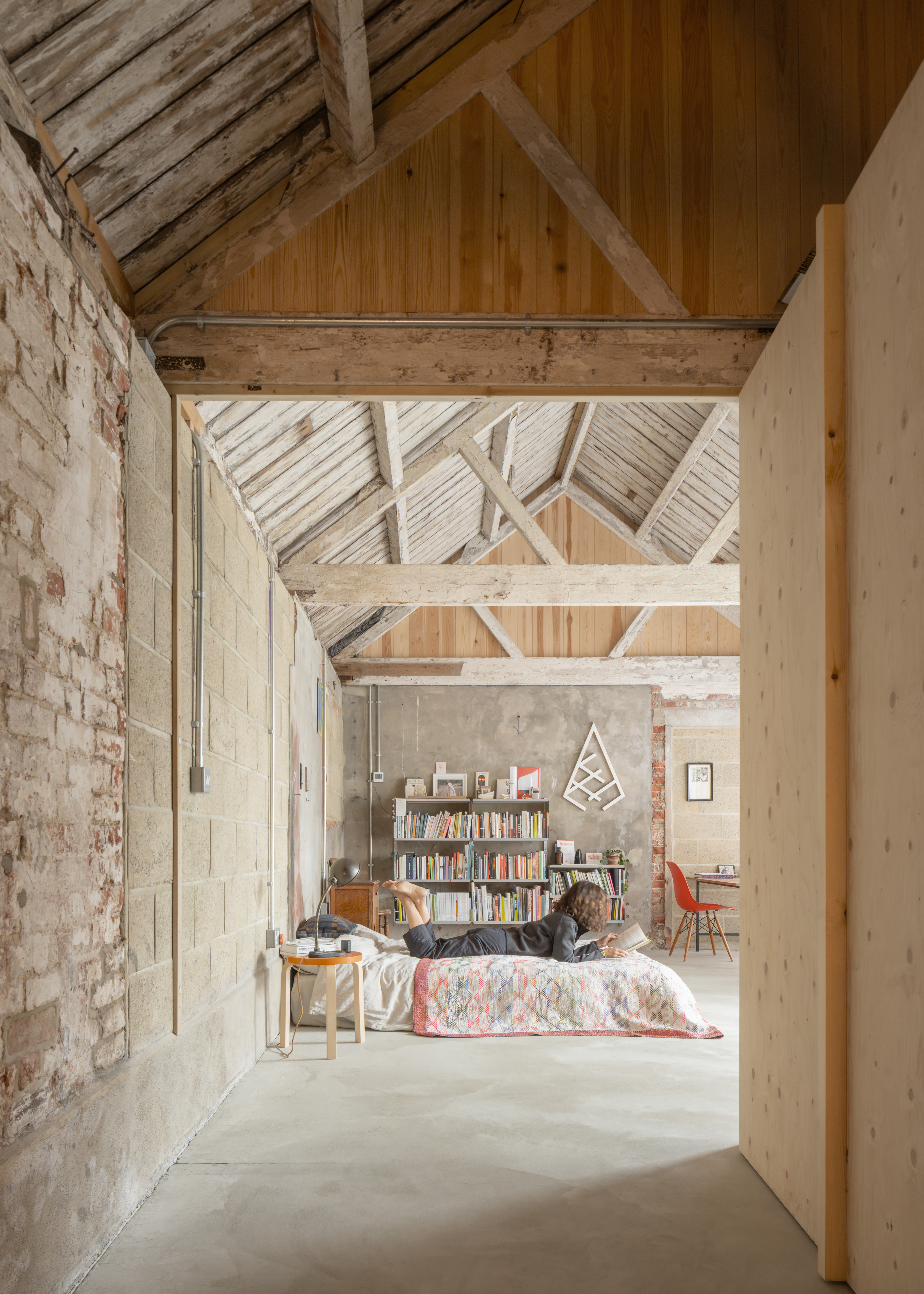
A corridor leads to the main bedroom, beneath retained and restored wooden beams, with a new concrete slab below
Botsford’s other work, particularly in London, has a precision and perfection that’s in another league thanks to much larger budgets, but Kohlmaier cites the ‘local adaptation’ approach Botsford took in his work in Costa Rica as being more in tune with the Old Byre.

Details and materials are deliberately low key and simple
The house is destined to become a ‘shared space’, in Kohlmaier’s words. ‘I’m opening it up to writers, artists, musicians,’ he explains. ‘The Old Byre will be a place where things happen.’ The self-contained nature of the structure, with its rough finishes, rich original textures and quasi-industrial detailing combines with the soundscape filtering through the translucent walls, from wind to wildlife, creating an inspirational sense of retreat from the outside world, helped too by the island location.
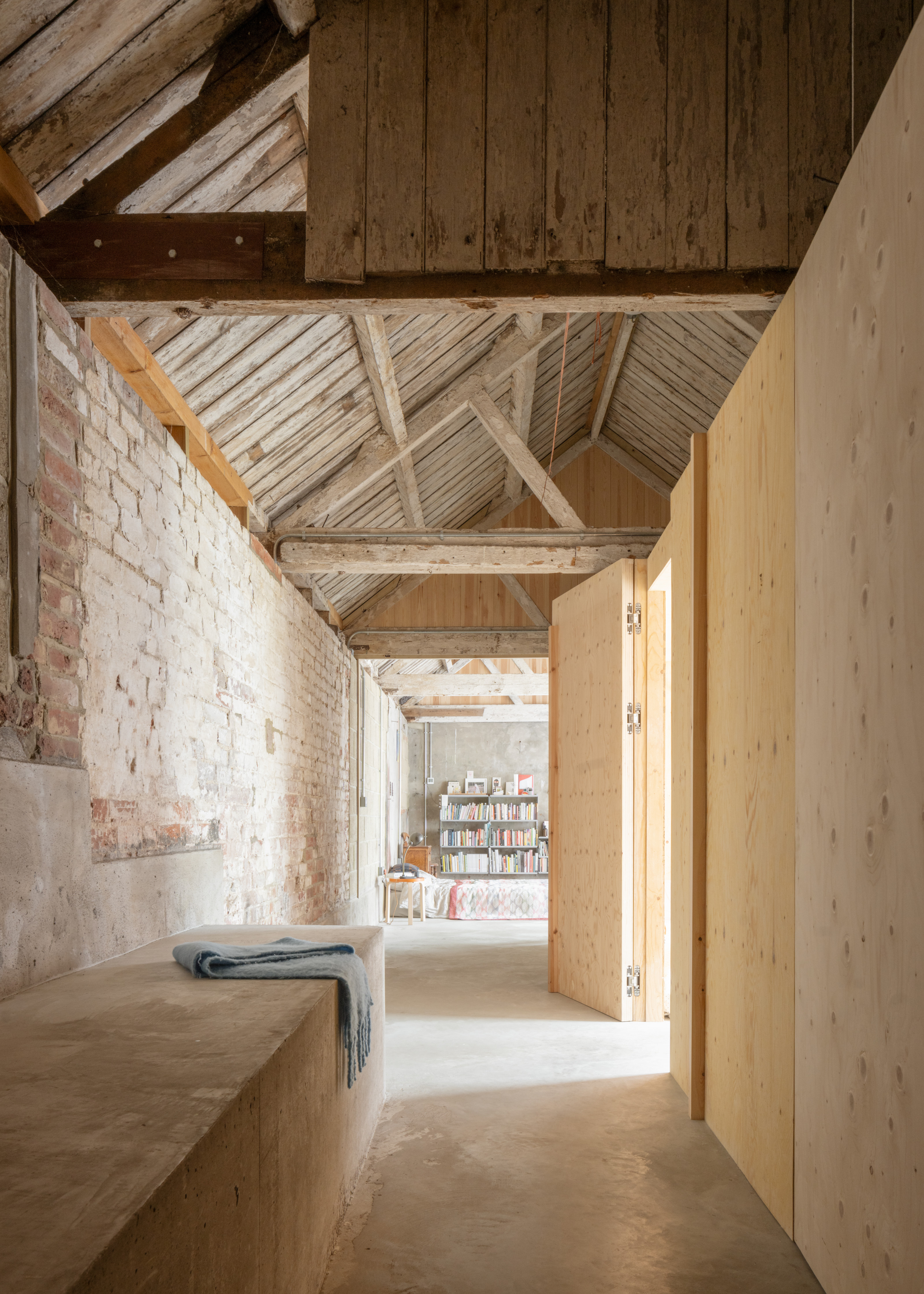
View of the corridor in the sleeping barn
There’s a burgeoning sense of creative community in the area, with an adjoining barn being converted by Studio Weave. For Kohlmaier, the building has been a true collaborative project with Gianni Botsford, a space that extends his field of research and teaching in places like Field Studies, an interdisciplinary summer school, and Musarc. ‘I’m interested in the social dynamic of architecture,’ he concludes. ‘This building is not resolved, not cosy and not simple.’

Aerial view of the site with the River Medina and Solent in the distance
Jonathan Bell has written for Wallpaper* magazine since 1999, covering everything from architecture and transport design to books, tech and graphic design. He is now the magazine’s Transport and Technology Editor. Jonathan has written and edited 15 books, including Concept Car Design, 21st Century House, and The New Modern House. He is also the host of Wallpaper’s first podcast.
-
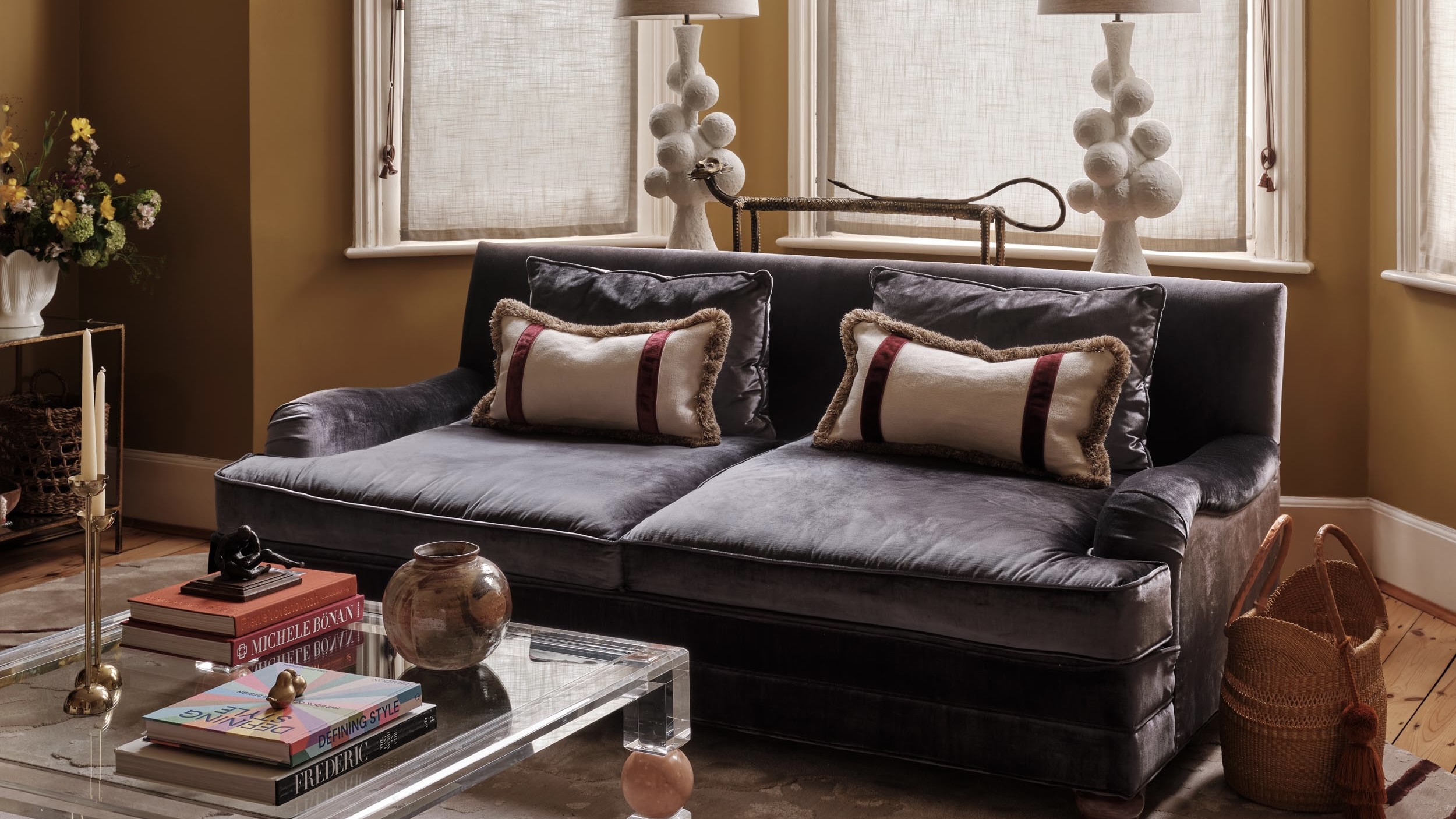 How to elevate a rental with minimal interventions? Charu Gandhi has nailed it with her London home
How to elevate a rental with minimal interventions? Charu Gandhi has nailed it with her London homeFocus on key spaces, work with inherited details, and go big on colour and texture, says Gandhi, an interior designer set on beautifying her tired rental
-
 These fashion books, all released in 2025, are the perfect gift for style fans
These fashion books, all released in 2025, are the perfect gift for style fansChosen by the Wallpaper* style editors to inspire, intrigue and delight, these visually enticing tomes for your fashion library span from lush surveys on Loewe and Louis Vuitton to the rebellious style of Rick Owens and Jean Paul Gaultier
-
 Out of office: The Wallpaper* editors’ picks of the week
Out of office: The Wallpaper* editors’ picks of the weekFar from slowing down for the festive season, the Wallpaper* team is in full swing, hopping from events to openings this week. Sometimes work can feel like play – and we also had time for some festive cocktails and cinematic releases
-
 A former agricultural building is transformed into a minimal rural home by Bindloss Dawes
A former agricultural building is transformed into a minimal rural home by Bindloss DawesZero-carbon design meets adaptive re-use in the Tractor Shed, a stripped-back house in a country village by Somerset architects Bindloss Dawes
-
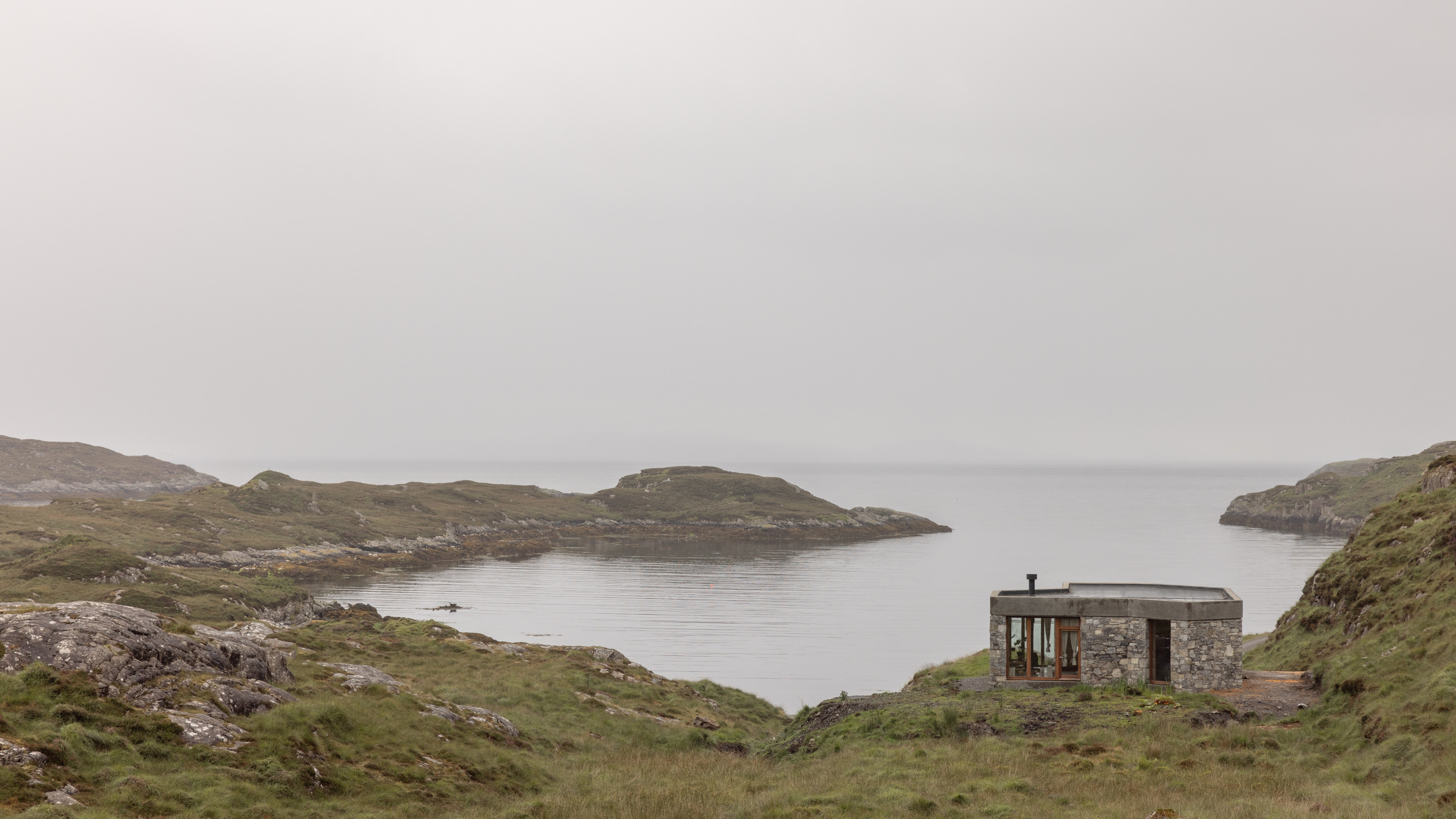 RIBA House of the Year 2025 is a ‘rare mixture of sensitivity and boldness’
RIBA House of the Year 2025 is a ‘rare mixture of sensitivity and boldness’Topping the list of seven shortlisted homes, Izat Arundell’s Hebridean self-build – named Caochan na Creige – is announced as the RIBA House of the Year 2025
-
 In addition to brutalist buildings, Alison Smithson designed some of the most creative Christmas cards we've seen
In addition to brutalist buildings, Alison Smithson designed some of the most creative Christmas cards we've seenThe architect’s collection of season’s greetings is on show at the Roca London Gallery, just in time for the holidays
-
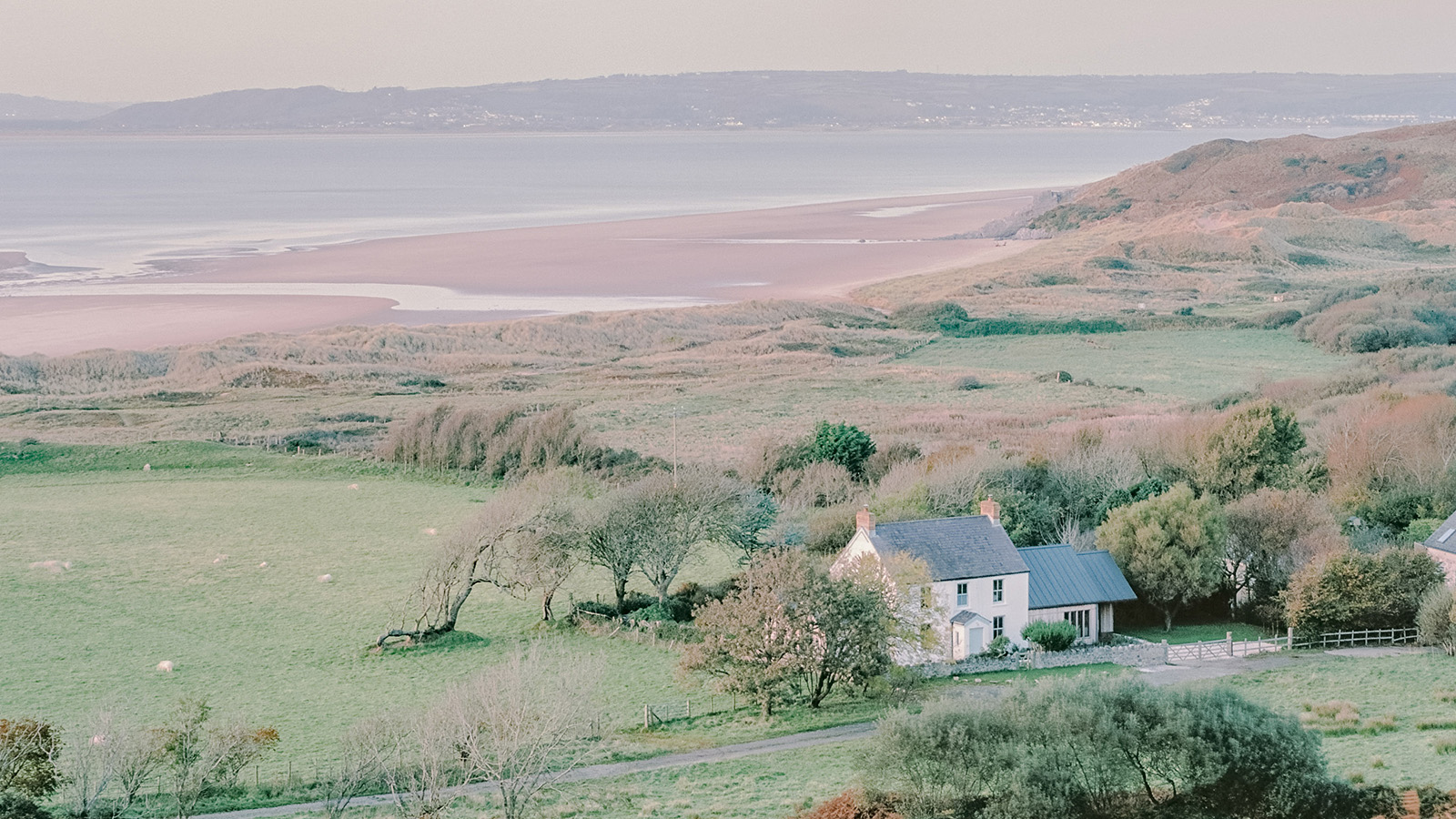 In South Wales, a remote coastal farmhouse flaunts its modern revamp, primed for hosting
In South Wales, a remote coastal farmhouse flaunts its modern revamp, primed for hostingA farmhouse perched on the Gower Peninsula, Delfyd Farm reveals its ground-floor refresh by architecture studio Rural Office, which created a cosy home with breathtaking views
-
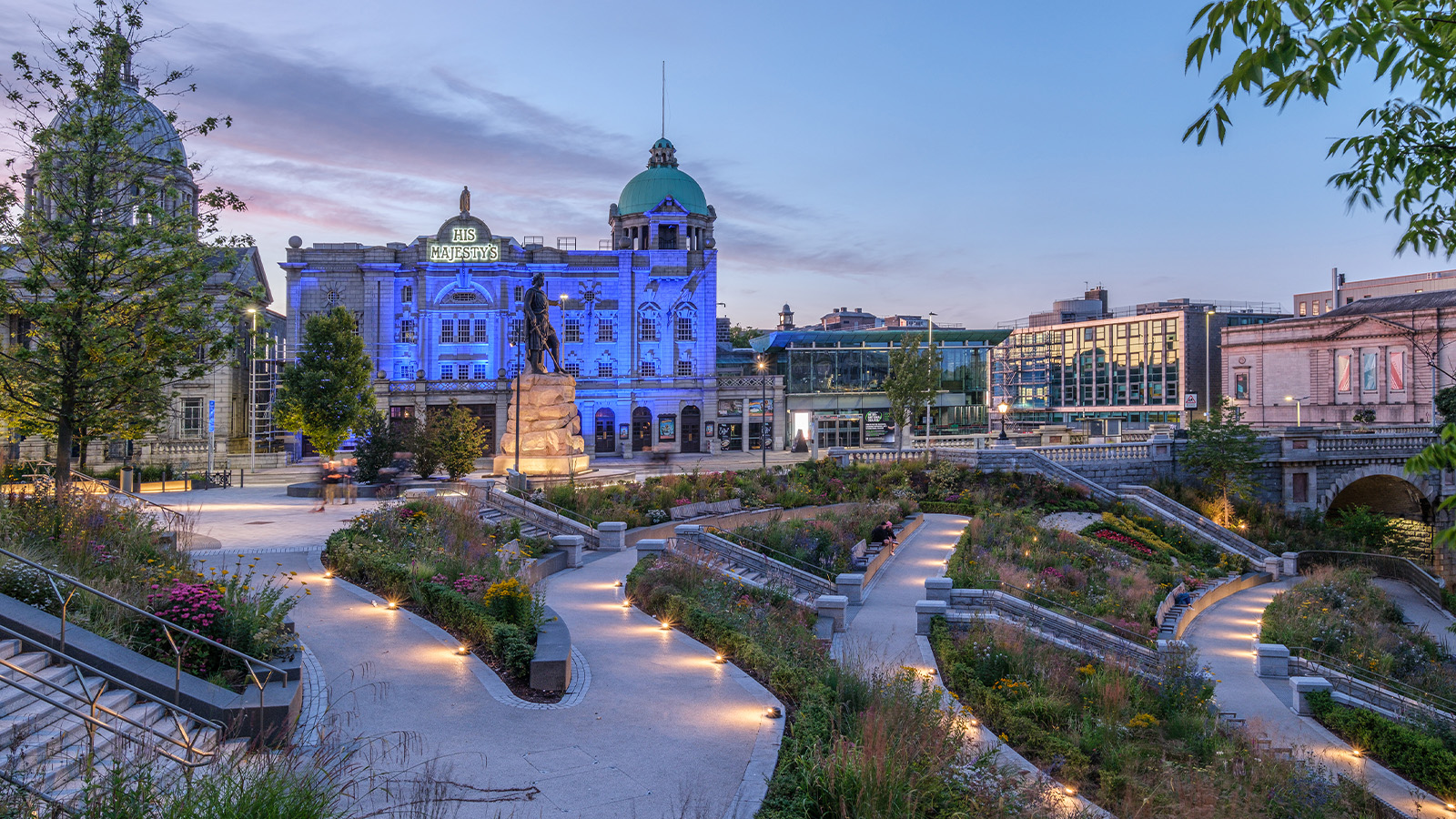 A revived public space in Aberdeen is named Scotland’s building of the year
A revived public space in Aberdeen is named Scotland’s building of the yearAberdeen's Union Terrace Gardens by Stallan-Brand Architecture + Design and LDA Design wins the 2025 Andrew Doolan Best Building in Scotland Award
-
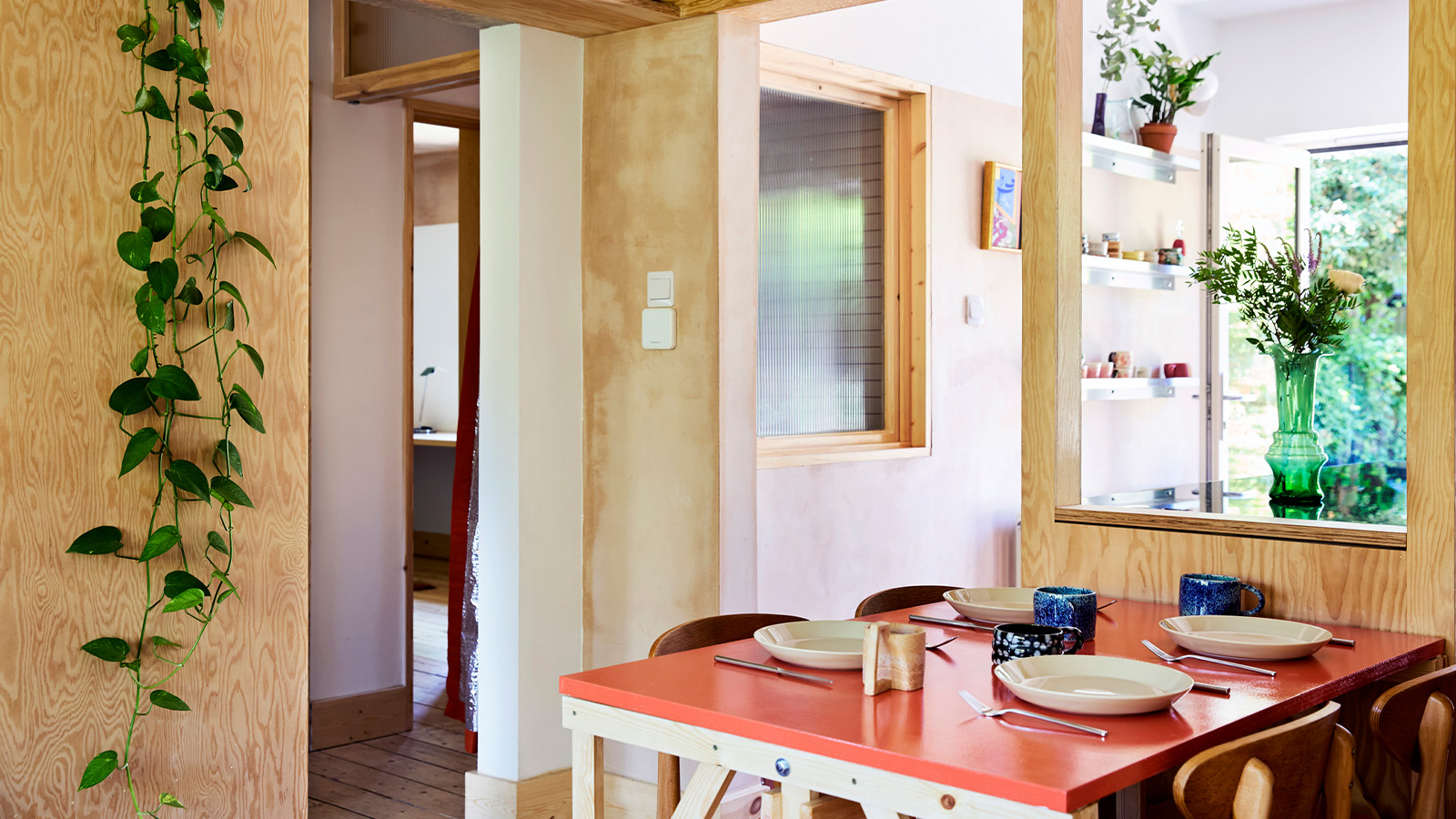 A refreshed 1950s apartment in East London allows for moments of discovery
A refreshed 1950s apartment in East London allows for moments of discoveryWith this 1950s apartment redesign, London-based architects Studio Naama wanted to create a residence which reflects the fun and individual nature of the clients
-
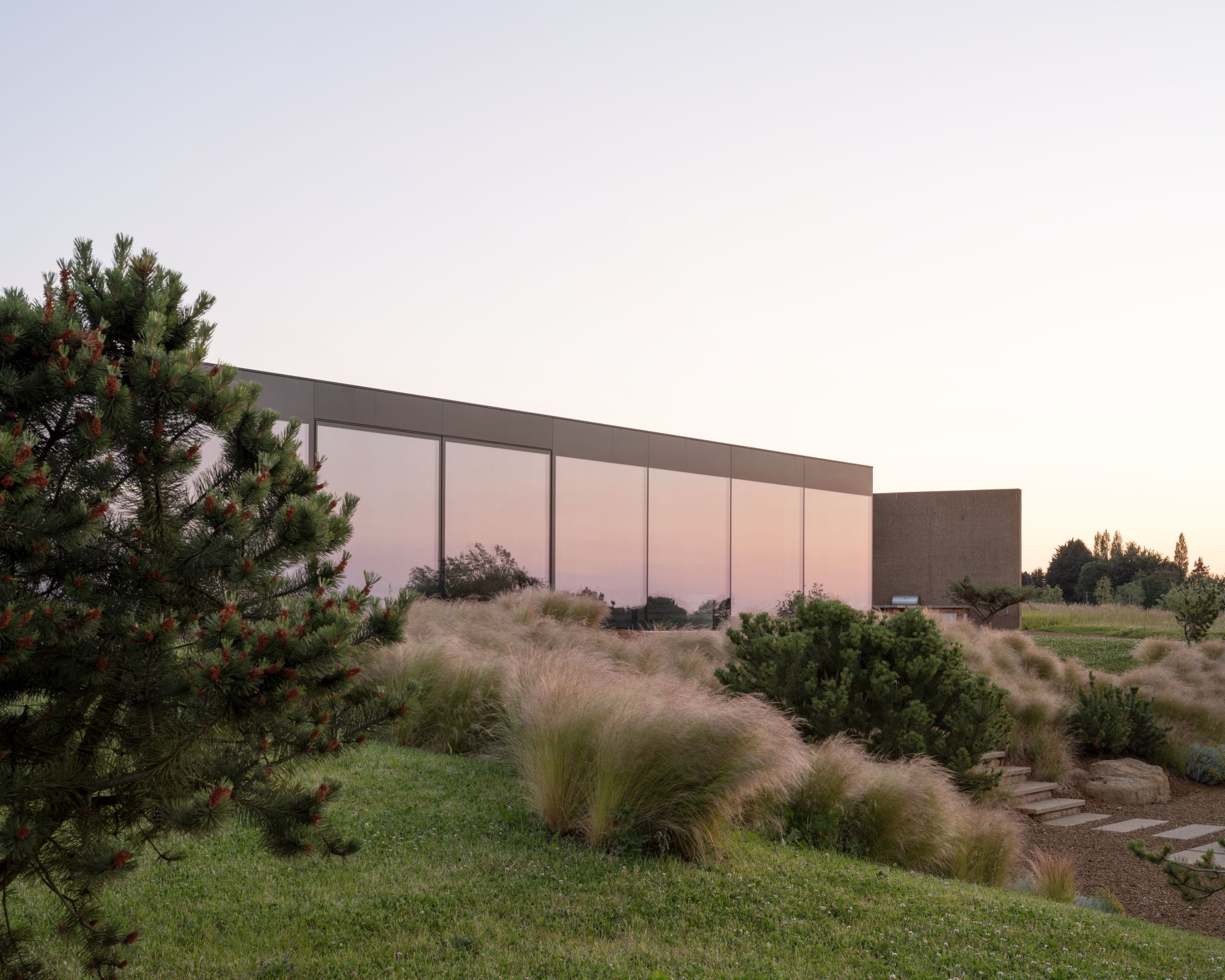 In this Cotswolds home, drama meets minimalism
In this Cotswolds home, drama meets minimalismCotswolds home Hiaven house, with interiors designed by McLaren Excell, is a perfect blend of contemporary chic and calm, countryside drama
-
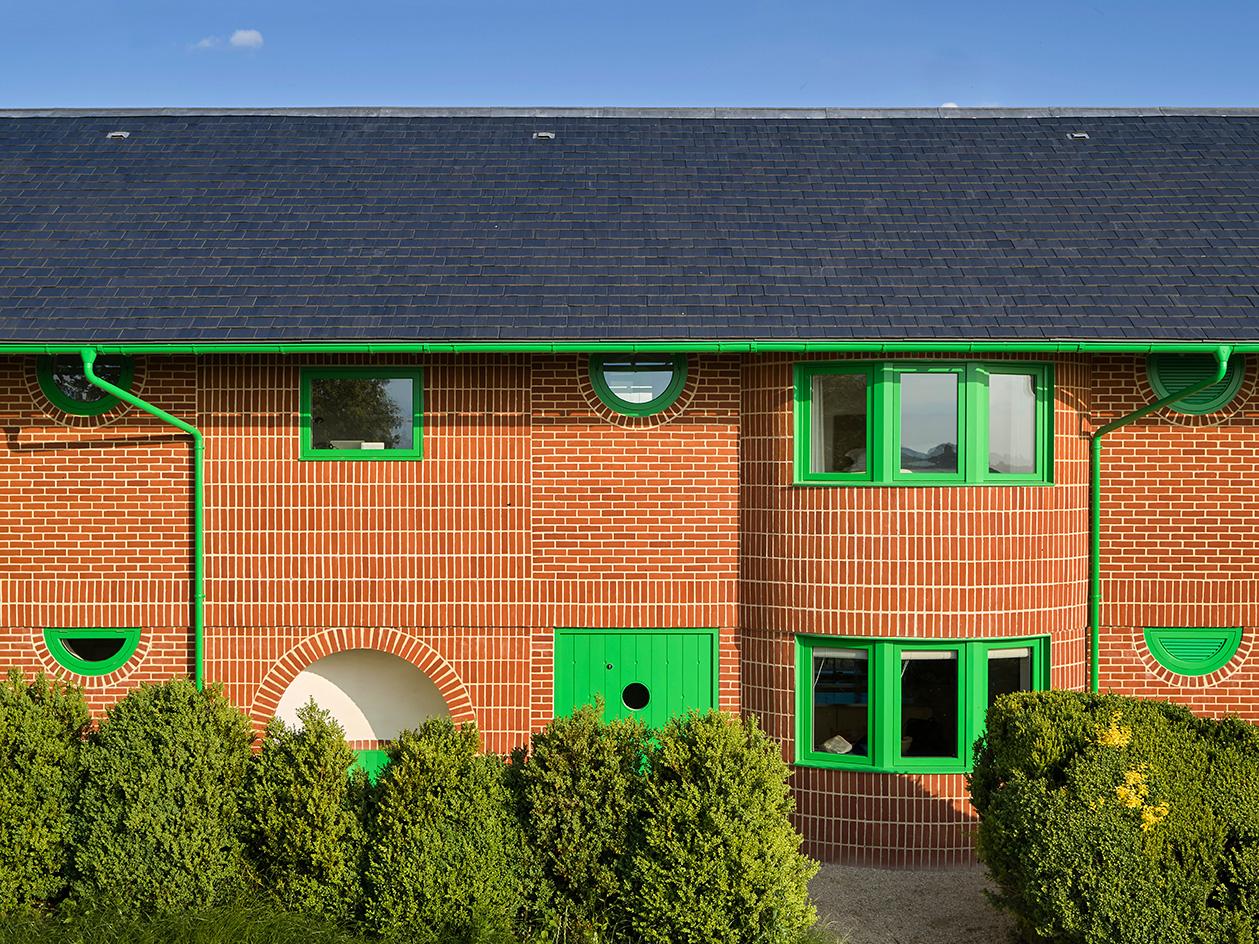 David Kohn’s first book, ‘Stages’, is unpredictable, experimental and informative
David Kohn’s first book, ‘Stages’, is unpredictable, experimental and informativeThe first book on David Kohn Architects focuses on the work of the award-winning London-based practice; ‘Stages’ is an innovative monograph in 12 parts